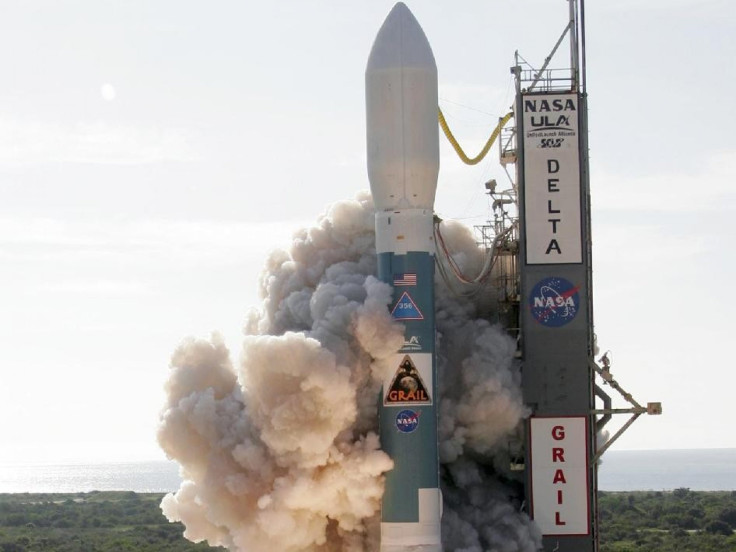NASA Launches GRAIL on Saturday

After its first failed attempt on Thursday, NASA's twin satellites were finally launched on Saturday morning, said the agency.
Two probes, together known as Gravity Recovery and Interior Laboratory (GRAIL) were carried by a United Launch Alliance (ULA) Delta II and was lifted off from the Space Launch Complex (SLC)-17B on Cape Canaveral Air Force Station in Florida at 9:08 a.m. EDT Saturday, Sept.10.
The crafts - GRAIL-A and GRAIL-B - ultimately split from the Delta rocket within an hour-and-a-half after setting off the journey.
This is NASA's third successful mission launched by United Launch Alliance (ULA) this year and the U.S. space agency is planning to launch two more in October and November.
According to the NASA researchers, GRAIL is set to begin a detailed study on moon's internal structure, from crust to core, and will unveil the mystery related to the theory of a second moon crashing into it. GRAIL will also help scientists understand the formation of moon's surface.
The $500-million pair of washing-machine-sized satellites will take almost four months to reach the moon. The journey is long and will take more time than the usual three days taken by the direct flights of the 1960s.
Traveling for more than 2 million miles to reach the moon, GRAIL will be routed via the Sun-Earth Lagrange Point 1, which is known as a gravitationally stable point between the earth and the sun. This route is more energy and cost efficient, said the scientists.
ULA is extremely proud to be a part of NASA's team for the GRAIL mission and we sincerely congratulate all of our mission partners, said Jim Sponnick, ULA vice president, Mission Operations.
The timing and precision of this campaign along with a one-launch-at-a-time focus are testaments to our commitment to providing reliable and cost-effective space launch services to our customers, he added.
Both the spacecraft are carrying a set of cameras which will, for the first time, give the middle-school children chance to view and use photography for classroom study.
The moon, right from the beginning, has baffled us with its beauty and mystery. Till date, 109 missions have been set to the moon, and the GRAIL mission, hopefully, will be able to unveil all the secrets that the entire human race is eager to know.
© Copyright IBTimes 2024. All rights reserved.











